74 F. high in the Twin Cities Wednesday.
68 F. average high on September 25.
68 F. high on September 25, 2012.
3.9 F. September temperatures are running nearly 4 F. warmer than average, to date.
.33" rain predicted on Saturday (NAM model).
 What "Pause?" Short-Term Variations Versus Long-Term Trends
What "Pause?" Short-Term Variations Versus Long-Term Trends. Nature (and science for that matter) rarely move in a perfectly straight line. Here's an explanation from NASA: "
Short-term
trends in global temperature (here, the blue lines that show
temperature trends at five-year intervals from 1970 to 2010) can range
from decreases to sharp increases. The evidence of climate change is
based on long-term trends of 20-30 years or more (red line)." Measurement data from NASA-GISS.
The Present
Every
day is a gift - that's why they call it the present. "Look for the good
in everything and everyone" my late mom said, with a grin and a sigh.
Some good advice. Drought aside, we're blessed with some of the
best weather in America floating above our heads.
San Diego, without the smog and soul-crushing traffic.
A late-season summer swoon spills over into next Tuesday with 70s every day, a good 5-15 F. above average the next 7 days.
Reality
check: nearly 2 inches of snow fell on September 26, 1942. On this date
in 1965 the low temperature was a crisp 27F. No, I don't take a
bug-free 78-degree blue-sky day in late September for granted.
For
the record, much of the MSP metro sees the first frost by October 7;
the first hard freeze (colder than 28F - cold enough to end the growing
season) by October 20.
Long-range models hint at frosty suburbs by October 6; a better chance of frost the second week of October.
But
you can expect low 80s today & again Friday. Classmates and
co-workers may go missing, a rash of inexplicable "sick days".
Right.
Models
print out a little rain Saturday (enough to keep the dust down) but no
big storms are brewing. By mid-October it should be cold enough for
flurries up north.
Are you ready? Me neither.
Summer Won't Let Go.
The mercury may to 80F this afternoon, low 80s tomorrow if the sun is
out for a few hours midday and afternoon; the last 80-degree day in
sight for the Twin Cities. Friday highs hold in the 60s over the Red
River Valley, 30s and 40s showing up as close as Wyoming and Colorado. 4
PM NAM predicted temperatures on Friday courtesy of Ham Weather.
Warm Spikes.
Model plots from Smart Energy show highs close to 80F today, maybe a
couple degrees warmer on Friday before we cool down into the 60s on
Saturday.
7-Day Trend.
GFS data shows the storm that soaked Florida spinning up over the
Atlantic - staying well offshore, whipping up 40 mph winds for Bermuda,
maybe some major swells for Long Island and Cape Cod by Monday. The
Pacific Northwest sees very heavy rain with some potential for flooding,
while the northern USA cools down closer to average. Animation: Ham
Weather.
5-Day Rainfall Potential.
The Pacific Northwest picks up 3-6" of rain by Tuesday - I could see
some street and urban flooding from Portland to Seattle. Heavy rains
soak much of Texas, while the Southwest stays dry. Map: NOAA.
Lukewarm Into Early October.
The Twin Cities cool off a bit on Saturday with a chance of showers,
before warming back up into the 70s early next week. ECMWF data shows
the best chance of showers Saturday, again Wednesday of next week - but
not the soaking we need right now. Graph: Weatherspark.
Frosty Possibilities.
I don't see much of a chance for frost in the MSP metro area until
October 6-7; an even better chance the second week of October, based on
the latest GFS numbers.
Average First Frost. Here is a portion of a table provided by the
Minnesota Climatology Working Group,
showing the average (median) date of the first 32F and 28F temperature
at various locations around the Twin Cities. You can see what a
difference the urban heat island makes with frost. Cambridge normally
sees the first 32F low by September 24, but MSP International doesn't
see frost-worthy conditions until October 7, on average.
Wild Weather Tied To Unusual Jet Stream Activity.
I've been talking about this, ad nauseum, for nearly a year now. We're
witnessing more "polar amplification", more extreme north/south swings
and dips in the jet stream than average, with (apparently) a greater
potential for systems to become "cut off", temporarily stalled,
amplifying floods (and drought). Here's a clip from a good explainer at
NPR: "...
But
this year, the jet stream has been making surprisingly dramatic swings
to the north and south. And it also has split into two separate streams,
says , a research professor at Texas A&M University and the Texas
state climatologist. Back in May and June the presence of this dual jet
stream contributed to flooding in the northern Alps and in Alberta,
Canada, Nielsen-Gammon says. "The flood conditions took place in between
the two jet streams, where weather patterns tended to move relatively
slowly because they weren't being carried along by the upper-level
winds," he says. During the summer, the double jet stream produced a
very strange temperature pattern along the Pacific coast, Nielsen-Gammon
says. Down in Southern California it was unusually hot — in Death
Valley the temperature reached 129 degrees. Meanwhile, up in British
Columbia, it remained unseasonably cold..."
Image credit above: NASA Goddard Space Flight Center.
Report: Colorado Flooding Was "Unprecedented". Details from
USA Today; here's an excerpt: "
The
flood that ravaged Colorado earlier this month was "unprecedented,"
according to a preliminary assessment issued by government and
university scientists Wednesday. The report, which also stated that the
flooding was "probably unmatched in at least 35 years," was prepared by
the Cooperative Institute for Research in Environmental Sciences (CIRES)
in Boulder, Colo. The institute includes scientists from the National
Oceanic and Atmospheric Administration, the University of Colorado and
Colorado State University. "In the context of the entire Front Range
this was a rare precipitation event, especially for September, and in
some respects unprecedented," the assessment states..."
Photo credit above: "
A
bridge collapsed after flash flooding at the Broomfield/Lafayette
border in Colorado on Sept. 12. The flooding in Colorado earlier this
month was "unprecedented," according to a report." (Photo: Cliff Grassmick, AP)
Nearly 1 In 10 U.S. Watersheds Is "Stressed"; Demand For Water Outpacing Supply: CIRES Study. Water, not oil, will quickly become the most precious natural resource in the 21st century. Here's a clip from a
Huffington Post story: "
Nearly
one in 10 watersheds in the United States is "stressed," with demand
for water exceeding natural supply -- a trend that appears likely to
become the new normal, according to a recent study. "By midcentury, we
expect to see less reliable surface water supplies in several regions of
the United States," said Kristen Averyt,
associate director for science at the Cooperative Institute for
Research in Environmental Sciences at the University of Colorado-Boulder
and one of the authors of the study.
“This is likely to create growing challenges for agriculture,
electrical suppliers and municipalities, as there may be more demand for
water and less to go around...”
Graphic credit above: "
CIRES
produced a map illustrating all of the stressed watersheds in the
continental United States, with colors from light green to red
indicating increasing levels of stress."
Scientists Developing "Richter" Scale For Wildfires.
We have a scale from 1-5 for hurricanes, 0 to 5 for tornadoes, some NWS
offices are experimenting with winter snow/ice scales from 1-5; why not
a similar scale for rating wildfires? Here's a clip from
The Santa Fe New Mexican: "...
The
National Institute of Standards and Technology hopes its Wildland Urban
Interface Hazard Scale will tell residents the likely intensity of a
wildfire burning into their neighborhood. The scale would allow city
planners to assign better building codes for the millions of people who
live in fire-prone areas in the West and would also measure how those
homes could contribute to the spread of a fire. The proposed
scale would range from E1 to E4 — with E4 being a location’s highest
exposure to fire, be it from grasslands to a forest in a remote mountain
canyon. Building codes and buffer zones between homes and forest could
then be set accordingly..."
Photo credit above: "
This
frame grab from a 2011 video shows embers being shot at a structure
during a test at the Insurance Institute for Business and Home Safety
test facility in Richburg, S.C. The National Institute of Standards and
Technology is developing the Wildland Urban Interface Hazard Scale to
get a measurement of the intensity of a wildfire similar to the way
officials use scales to measure hurricanes, tornadoes and earthquakes." Courtesy IBHS.
Atomic Goal: 800 Years Of Power From Waste.
You have to give Bill Gates some credit for thinking outside the box
(although MSFT could sure use him back in the saddle as CEO right about
now). It's a technological breakthrough like this that may provide some
truly viable (non-carbon) energy sources in the years ahead. High risk -
high reward. Here's a clip from a
New York Times story: "
In
a drab one-story building here, set between an indoor tennis club and a
home appliance showroom, dozens of engineers, physicists and nuclear
experts are chasing a radical dream of Bill Gates. The quest is for a
new kind of nuclear reactor that would be fueled by today’s nuclear
waste, supply all the electricity in the United States for the next 800
years and, possibly, cut the risk of nuclear weapons proliferation
around the world. The people developing the reactor work for a start-up,
TerraPower, led by Mr. Gates and a fellow Microsoft billionaire, Nathan Myhrvold..."
Outsourced...By Robots?
The idea isn't as ludicrous as it sounds, in fact it's already
happening. Which jobs are most at risk? Here's a clip from an article at
Quartz: "...
So,
if a computer can drive as well as you, serve customers as well as you
and track down information as well as you, just who is safe in their job
these days? Careers at low risk
of computerization are generally those that require knowledge of human
heuristics and specialist occupations involving the development of novel
ideas and artifacts. Most management, business, and finance
occupations, which are intensive in generalist tasks requiring social
intelligence, are still largely confined to the low-risk category. The
same is true of most occupations in education and health care, as well
as arts and media jobs..."
Photo credit above:
"The new nine-to-fiver." Reuters/Gleb Garanich.
Tesla's Rise Forces Other Auto Makers To Up Their Electric Car Game. Will GM (or BMW for that matter) be able to catch up? Here is a clip from a story at The Daily Beast: "Cars can’t fly. But Tesla Motors, the electric sports car manufacturer, continues to defy gravity. Its stock has risen six-fold in the past year,
giving it a market capitalization of $22 billion. That’s stunning,
especially given that Tesla sells only about 2,000 cars per month and
last quarter reported a $70 million profit. By contrast, GM, which sold more than 275,000 cars in August and earned $1.2 billion in the most recent quarter,
has a market capitalization $51.8 billion—about 2.5 times that of
Tesla. And Ford, which sold 221,270 cars in August, more than 100 times
Tesla’s total, and notched a $2.6 billion profit in the most recent quarter
and is valued at $68 billion, about three times what Tesla is worth.
Put another way, these companies have more in profits each quarter than
Tesla has in revenues..."
A
bizarre image has emerged which originally lead people to believe that
an alien toad had flown down to earth from the outer regions of space,
but instead was simply a picture of a cane
toad eating a bat.
Phil
Torres, a naturalist who is based in Peru, brought the bizarre image to
the attention of his followers thanks his blog post.
Read more at http://www.inquisitr.com/964037/alien-or-toad-frog-attempting-to-eat-bat-creates-bizarre-image/#Bl7YD3aY1f8Rj5wv.99Tesla's Rise Forces Other Auto Makers To Up Their Electric Car Game. Will GM (or BMW for that matter) be able to catch up? Here is a clip from a story at The Daily Beast: "Cars can’t fly. But Tesla Motors, the electric sports car manufacturer, continues to defy gravity. Its stock has risen six-fold in the past year,
giving it a market capitalization of $22 billion. That’s stunning,
especially given that Tesla sells only about 2,000 cars per month and
last quarter reported a $70 million profit. By contrast, GM, which sold more than 275,000 cars in August and earned $1.2 billion in the most recent quarter,
has a market capitalization $51.8 billion—about 2.5 times that of
Tesla. And Ford, which sold 221,270 cars in August, more than 100 times
Tesla’s total, and notched a $2.6 billion profit in the most recent quarter
and is valued at $68 billion, about three times what Tesla is worth.
Put another way, these companies have more in profits each quarter than
Tesla has in revenues..."

Alien Bat-Toad?
No, we're not being invaded by some new and horrific form of flying
toad (to my knowledge). A perfectly reasonable explanation at
inquisitr.com.
TODAY: Warm sun. Take the day off. Winds: S 20+ High: 81
THURSDAY NIGHT: Mostly clear, unusually mild for late September. Low: 63
FRIDAY: Some sun, stray T-storm. Dew point: 58. High: 82
SATURDAY: Mild start. Gray, few showers. Wake-up: 67. High: 72 (falling into the 60s by afternoon).
SUNDAY: Lot's of sun, very pleasant. Wake-up: 45. High: 71
MONDAY: Lukewarm sun, still too dry. Wake-up: 54. High: 75
TUESDAY: What October? Lingering warmth with plenty of sun. Wake-up: 54. High: 76
WEDNESDAY: Clouds increase, PM showers. Wake-up: 54. High: 66
Climate Stories...
 How Sure Is Sure? Scientists Like Certainty Of Global Warming To Deadliness Of Smoking
How Sure Is Sure? Scientists Like Certainty Of Global Warming To Deadliness Of Smoking.
The Washington Post has the article - here's an excerpt: "
Top
scientists from a variety of fields say they are about as certain that
global warming is a real, man-made threat as they are that cigarettes
kill. They are as sure about climate change as they are about the age of
the universe. They say they are more certain about climate change than
they are that vitamins make you healthy or that dioxin in Superfund
sites is dangerous...Some climate-change deniers have looked at 95
percent and scoffed. After all, most people wouldn’t get on a plane that
had only a 95 percent certainty of landing safely, risk experts say.
But in science, 95 percent certainty is often considered the gold
standard for certainty..."
Photo credit above:
Associated Press - FILE - "
Smoke
pours from a chimney at a cement plant in Binzhou city, in eastern
China’s Shandong province, Thursday, Jan. 17, 2013. Scientists from
around the world have gathered in Stockholm in September 2013 for a
meeting of a U.N. panel on climate change and will probably issue a
report saying it is “extremely likely” - which they define in footnotes
as 95 percent certain."
What Ocean Heating Reveals About Global Warming.
More than 90% of warming is going into the world's oceans, and with the
denial-sphere abuzz about the recent "pause" in the warming, here's a
clip from a story at
RealClimate: "
The heat content of the oceans is growing and growing. That means that the greenhouse effect has not taken a pause and the cold sun is not noticeably slowing global warming. NOAA posts regularly updated measurements
of the amount of heat stored in the bulk of the oceans. For the upper
2000 m (deeper than that not much happens) it looks like this (above).
The amount of heat stored in the oceans is one of the most important
diagnostics for global warming, because about 90% of the additional heat is stored there (you can read more about this in the last IPCC report
from 2007). The atmosphere stores only about 2% because of its small
heat capacity. The surface (including the continental ice masses) can
only absorb heat slowly because it is a poor heat conductor. Thus, heat
absorbed by the oceans accounts for almost all of the planet’s
radiative imbalance..."
Graphic credit above: "
Change in the heat content in the upper 2000 m of the world’s oceans." Source:
NOAA.
Does This Look Like A "Pause" To You?
An estimated 2% of the sun's energy goes into warming the atmosphere,
where temperatures have leveled off in the last 15 years, not warming as
fast as during the 80s and 90s. But more than 90% of the energy goes
into the world's oceans, where warming continues to accelerate. How this
will manifest itself (other than helping to accelerate sea level rise)
is still unclear, but no, the warming has not stopped. Image credit: "
Change in the heat content of the upper 700 m of the oceans." Source: NOAA. More details below from RealClimate.
The Cost Of Climate Change.
Models are fairly reliable, but there is no such thing as a perfect
model. The truth: we don't know what we don't know. The rate of
greenhouse gas release into the atmosphere is historically unprecedented
(previous build-ups of CO2 and methane took thousands, even millions of
years to unfold). We're in uncharted waters, scientifically, and we
simply don't know if a continued build-up of heat-trapping gases will
reach a tipping point, with unpleasant consequences.
The New York Times has more: "...
For
instance, standard models used by scientists suggest that if the
concentration of CO2 in the atmosphere were to rise to 700 parts per
million, temperatures would rise some 3.5 degrees Celsius above that of
the preindustrial era in subsequent decades. But there is enormous
uncertainty about this. At that level, Professor Weitzman estimates
there is an 11 percent chance that the temperature increase would reach
or top 6 degrees Celsius. “That would melt west Antarctica and
Greenland,” Professor Weitzman said. “It’s pretty scary.” There is no
real precedent for this kind of climate change. The closest occurred in
the Eocene era, more than 30 million years ago, when the earth was some
10 degrees hotter than it is today. Then alligators roamed near the
North Pole..." (image: PBS).
Is Natural Gas "Clean"? Cleaner
than coal, absolutely, but methane leakage from improperly sealed wells
may be a factor in answering that question definitively. Here's a clip
from
The New York Times: "...
To see natural gas as even semi-clean, then, you have to burn all you take out of the ground. Because at least one study found
that if as little as 3 percent of the methane produced escapes, you
might as well be burning coal, from a climate perspective. All that talk
of a bridge to a renewable future … forget it. That’s why Anthony R.
Ingraffea, professor of civil and environmental engineering at Cornell
University, refers to natural gas as a “gangplank...”
Climate Uncertainty Is A Sign Of Good Science.
Is science ever 100% certain about anything - or 100% settled? Science
(and nature) rarely move in a straight line, and living with uncertainty
is a part of life, and science it turns out. Here's an excerpt of an
Op-Ed at
Bloomberg: "...
I recalled my friend’s odd logic amid the reaction to the most recent report
from the Intergovernmental Panel on Climate Change. The report -- its
contents were leaked in June, and it will be officially released this
week -- concludes
that it’s now 95 percent certain that human activity lies behind at
least half the warming seen in the past half-century. Skeptics savaged
the report for revising slightly downward earlier estimates of the
warming likely to be seen in the next two decades -- as if trying to be
accurate was an offense. The scientists behind the IPCC report actually
deserve credit for acknowledging their uncertainty. We all have some
lessons to learn about how poor a guide intuition can be in
understanding the workings of the climate system..."
The Number Of Killer Thunderstorms Could Jump 40% By 2070.
Quartz has the story; here's the intro: "
That spate of destructive thunderstorms
that struck the US last year, killing scores of people and racking up
billions of dollars in damages? Get ready for more. A lot more. In a first-of-its-kind study published yesterday,
scientists at Stanford University have linked climate change to the
increasing frequency of such super storms. By 2070, the number of severe
thunderstorms, which often spawn deadly tornadoes, could increase by
40% in the eastern US, according to the computer model developed by the
Stanford scientists. Such storms
typically are strongest in the spring, but as the planet warms, those
storms will also increasingly strike in the autumn and the winter
between 2070 and 2099, states the report published in the Proceedings of the National Academy of Sciences..."
Photo credit above: "Don't lose that last umbrella." Scott Eisen/AP.
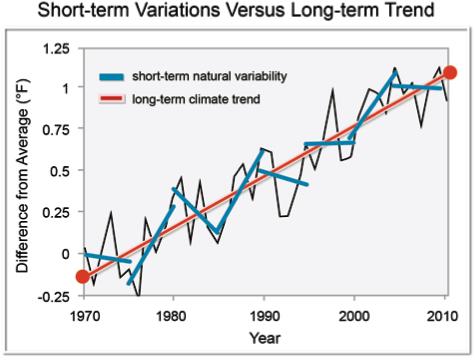
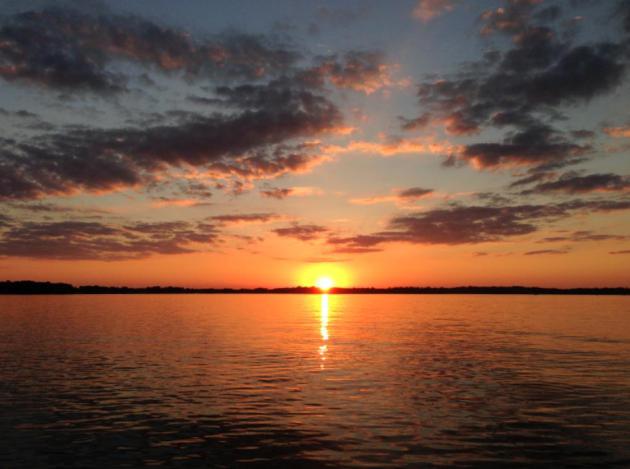
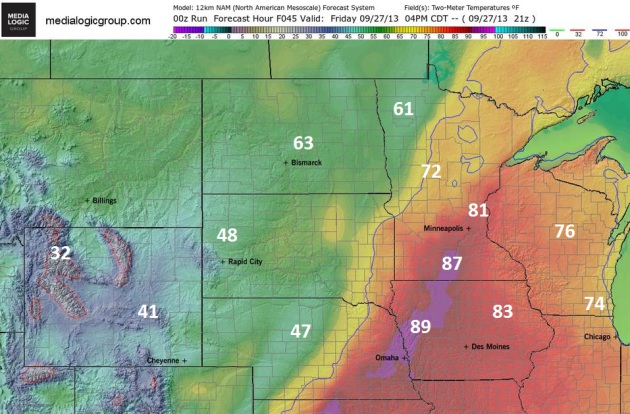
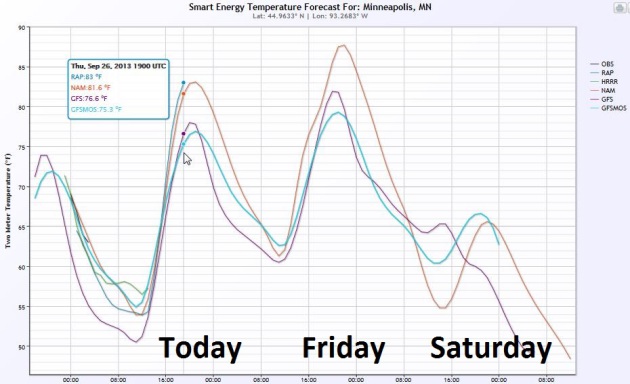
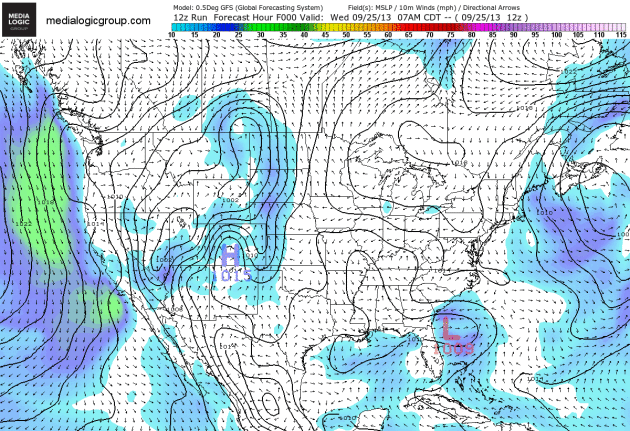
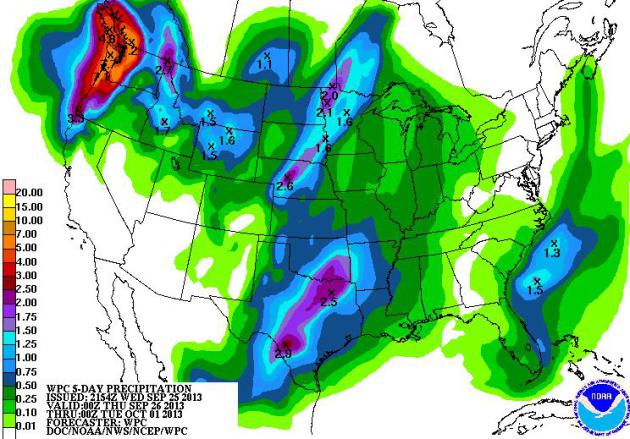
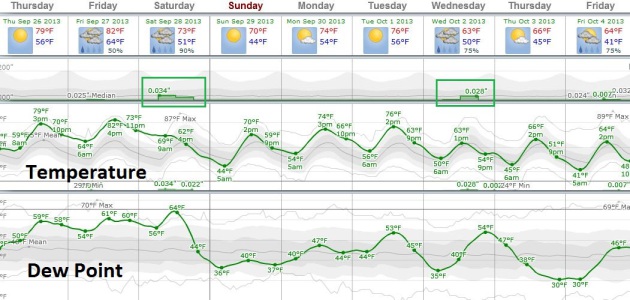
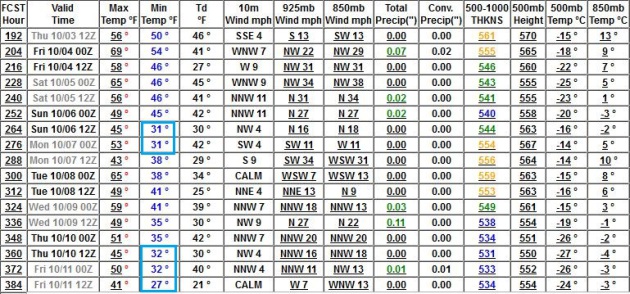

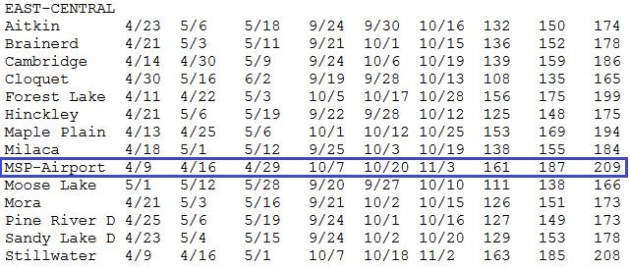
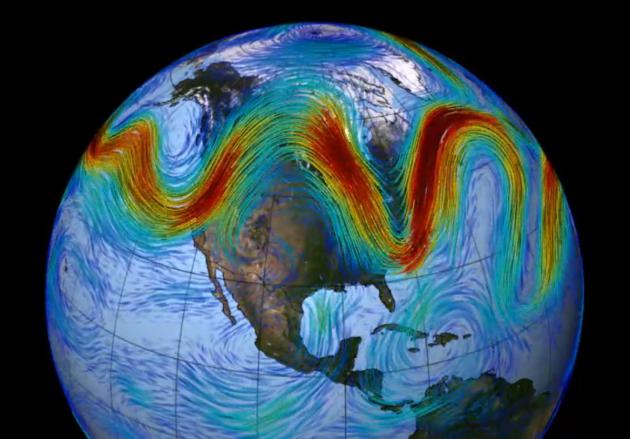
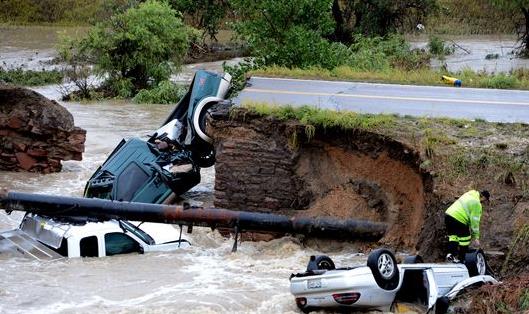
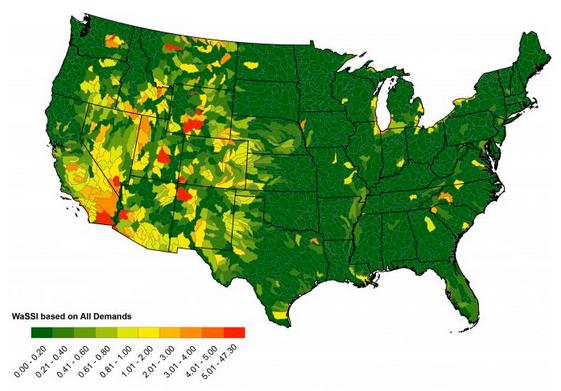
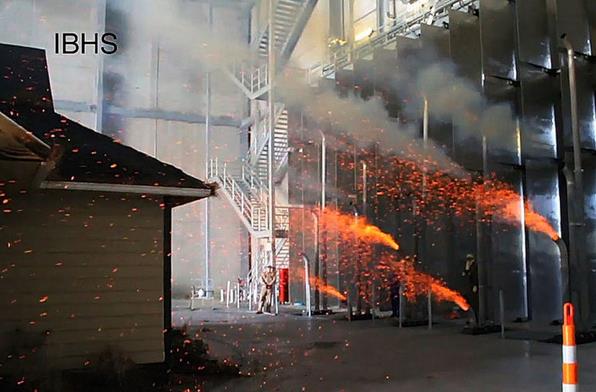




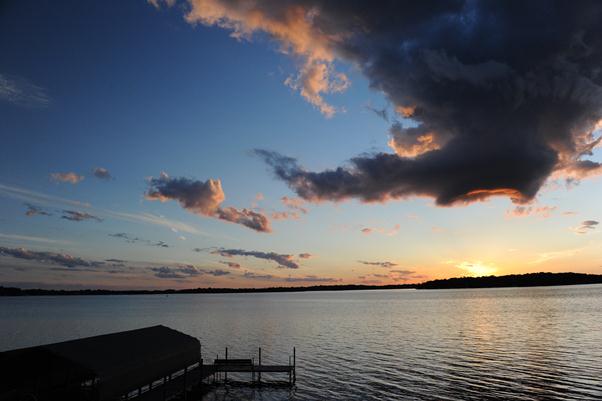

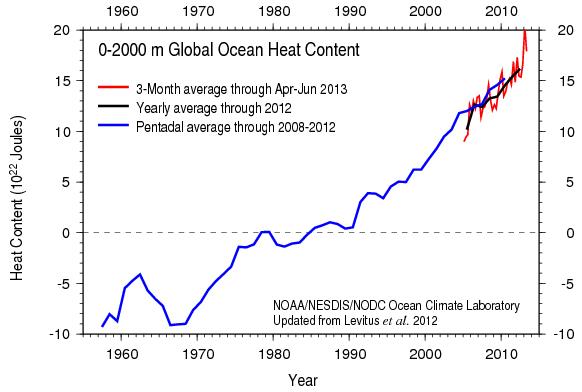
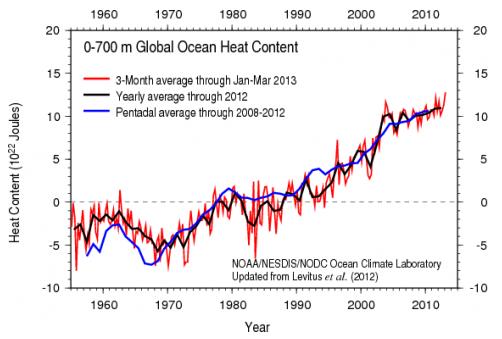
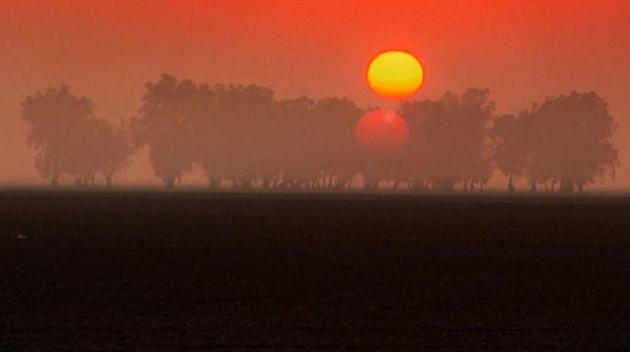
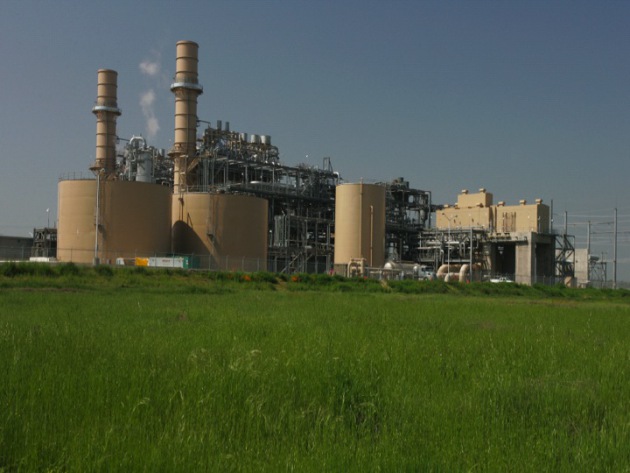
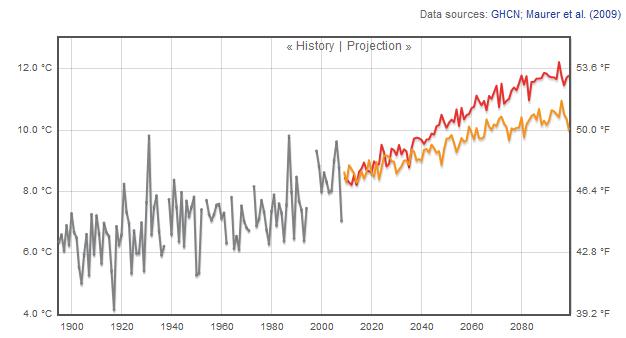
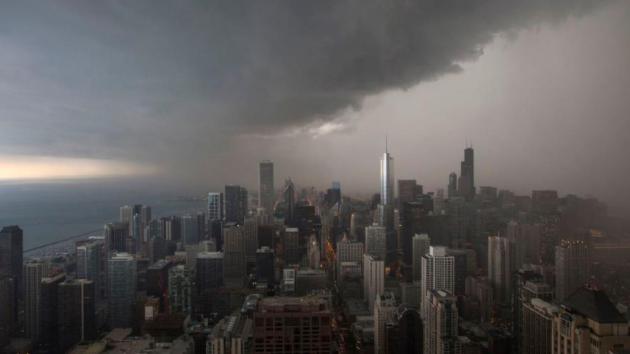
"Hey, there is a broken link in this article, under the anchor text - IPCC report
ReplyDeleteHere is the working link so you can replace it - https://selectra.co.uk/sites/selectra.co.uk/files/pdf/oceanic%20climate%20change%20.pdf
"